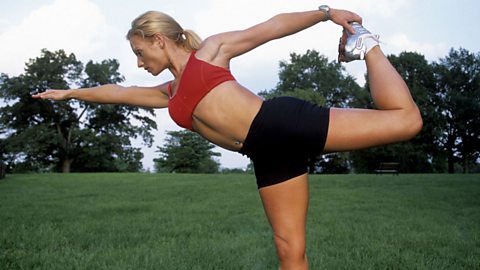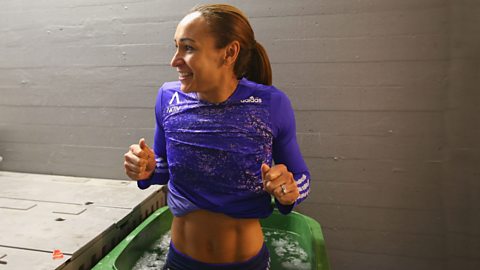Effects of warm up and cool down

Training should be considered to be a very deliberate and controlled process, following precise guidelines. One of those guidelines is that every session starts with a warm up and ends with a cool down. Specific training methods are used to bring about specific outcomes and even the timing and order of when to use each training method can be planned to the finest detail.
Warm up
The illustration shows the three primary components of an effective warm up. All warm ups should last a minimum of ten minutes and typically are much longer.
Cool down
The illustration shows the three primary components of an effective cool down. Athletes always cool down following training and performance.
During the cool down a range of stretching methods can be used to maintain or increase flexibility. These methods include:
- static stretching
- passive stretching
- dynamic stretching
- PNF stretching (Proprioceptive Neuromuscular Facilitation)
Static stretching is where the performer applies internal force from another muscle group to stretch and lengthen the muscle, for example when standing and holding the foot to stretch the quadriceps.
Passive stretching is where another person or an object is used such as a wall or bench to carry out the stretch. The other person or object applies external force, causing the muscle to stretch.
Dynamic stretching is carried out whilst moving, such as heel flicks to stretch out the quadriceps. This method of stretching is usually carried out in the warm up but can also be used as a cool down transition from light exercise to stretching.
PNF stretching requires the help of a partner to provide resistance. The performer stretches their muscle to the greatest range of their movement and then the partner helps them to hold the muscle in an isometric contraction for around 6–10 seconds. They then relax the muscle and the partner stretches the muscle more to allow the muscle to stretch even further. This technique works by stopping the stretch reflex from happening.
Ice baths and massages are techniques that are also used to speed up the recovery process.
